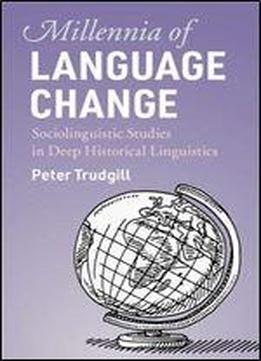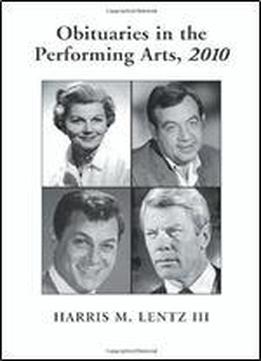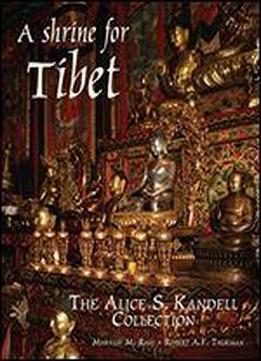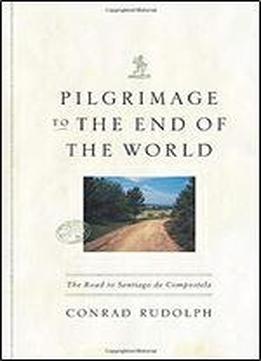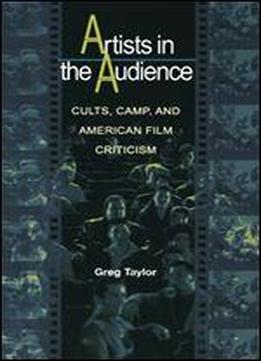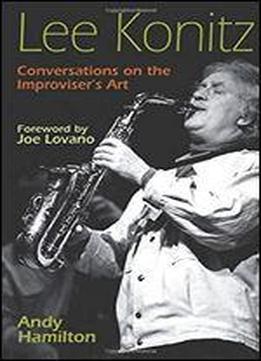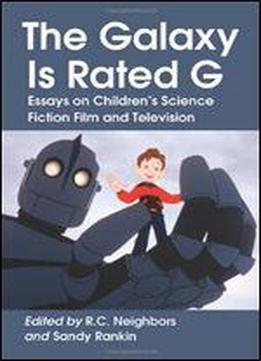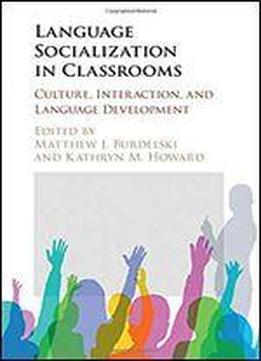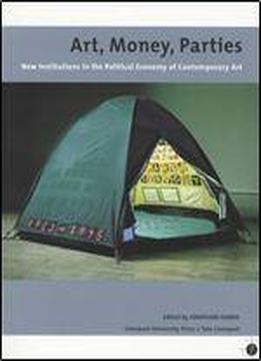
Art, Money, Parties: New Institutions In The Political Economy Of Contemporary Art
Tags:
Jonathan P. Harris
From the phenomenally successful new Tate Modern to the DIA: Beacon and Liverpool Biennial, contemporary visual art seems more than ever enmeshed in prominent public institutions and new forms of patronage, whether public commissions or corporate sponsorships. In Art, Money, Parties, renowned figures from the art world including artists, dealers, and gallery owners join scholars to consider these new institutional faces of contemporary art, their influence on art and artists, and how they affect the future of art. The essays in this collection, which originated at a conference organized by Tate Liverpool and the University of Liverpool, offer frequently contentious positions on the role of new institutions and patronage in the world of contemporary art. For example, while Liverpool Biennial director Lewis Biggs delivers a fairly optimistic assessment of the state of contemporary art, scholar Paul Usherwood unleashes a scathing critique of recent public art commissions. From opposing perspectives, gallery owner Sadie Coles reviews the history of her own involvement in the art world during the 1990s, and artist Stewart Home offers a sharply contrasting view of the value of the art produced in that decade. Rather than an attempt to craft a consensus, though, Art, Money, Parties is instead an effort to map out the position of and possibilities for contemporary art in a period of growing public sponsorship and attention. The vibrant, growing interest in contemporary art evidenced by the success of the institutions under consideration makes Art, Money, Parties a timely and indispensable contribution to any debate on the present and future of art.

